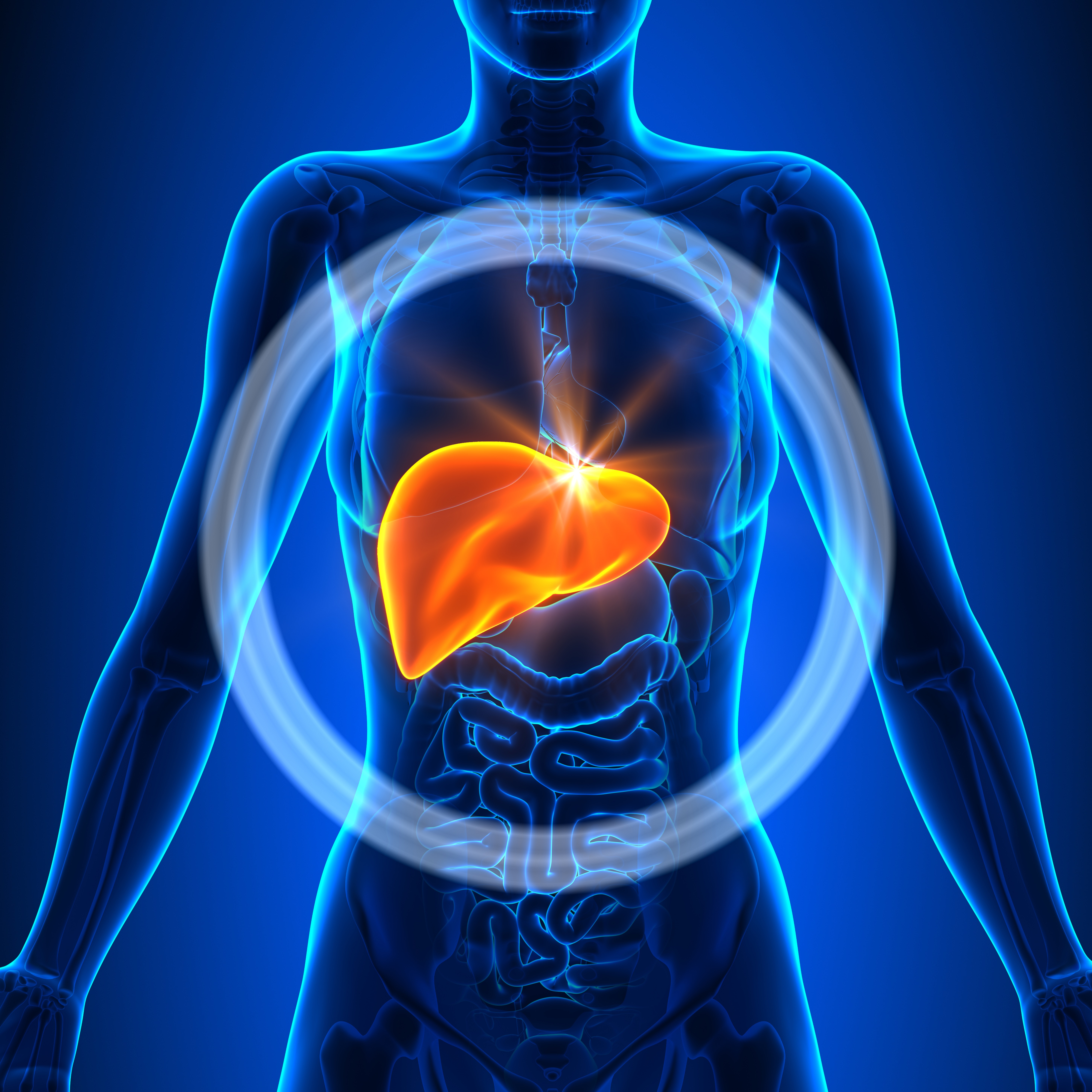In a recently published paper in the Alimentary Pharmacology and Therapeutics journal, entitled “Non-invasive screening of diabetics in primary care for NAFLD and advanced fibrosis by MRI and MRE“, researchers found that patients with type 2 diabetes are at risk of developing nonalcoholic fatty liver disease (NAFLD) and advanced fibrosis.
Type 2 diabetes is a disease characterized by insufficient levels of insulin that induces blood sugar levels above normal ranges. In the United States, an average of 3 million people are affected every year, and because 6% of the worldwide population lives with diabetes, the disease is recognized as a global epidemic by the World Health Organization. Symptoms of type 2 diabetes may include thirst, hunger, frequent urination, blurred vision, fatigue and weight gain. Several risk factors may lead to type 2 diabetes such as genetic predisposition and an unhealthy life style based on a fatty/sugary diet, obesity, and stress. No cure is yet available, but the disease can be managed by life style changes, anti-diabetic medications and weight loss surgery in patents with obesity.
Type 2 diabetes is a disease associated with a ten-year-shorter life expectancy due to complications linked to the condition, including ischemic heart disease, stroke, lower limb amputations, blindness, kidney failure, and cognitive dysfunction. Furthermore, a recent study suggests that type 2 diabetes may also lead to other complications like NAFLD, caused by deposited fat on the liver, as well as advanced fibrosis. Unfortunately, current guidelines do not recommend screening diabetes patients for NAFLD or advanced fibrosis.
In this study, data on 100 patients suffering from type 2 diabetes, with an average age of 59.7 years, mean body mass index of 30.8 kg/m2, and who did not have any form of liver disease, have been analyzed for the development of NAFLD and advanced fibrosis. The analysis was performed by laboratory tests, as well as by the techniques magnetic resonance imaging-hepatic protein density fat fraction (MRI-PDFF) and magnetic resonance elastography (MRE). Both MRI-PDFF and MRE are considered very robust, accurate, precise, and reproducible quantitative biomarkers of liver fat content, liver fibrosis and stiffness.
The results showed that NAFLD was prevalent in 65% of the patients screened by MRI-PDFF, while advanced fibrosis was detected in 7.1% of the patients using MRE. The data also revealed that patients with NAFLD were younger, had a higher mean of body mass index and waist circumference, as well as a higher prevalence of metabolic syndrome compared with patients without NAFLD. The team also found that only 26% of the patients with NAFLD displayed high levels of an enzyme called alanine aminotransferase, an indicative of health problems.
“We also found that the prevalence of hepatocellular carcinoma (HCC) is approximately 1%,” said the study’s senior author Dr. Rohit Loomba in a news release. “These data underscore the need to validate these findings in a larger multicenter study that would trigger the change in practice by screening type 2 diabetics for advanced liver disease.”
In summary, the data suggest that type 2 diabetes patients display significant rates of liver-related complications like NAFLD and advanced fibrosis. Hence, after validation on a larger number of patients, the screening of patients with type 2 diabetes for NAFLD and advanced fibrosis using MRI-PDFF and MRE methods should be considered.


